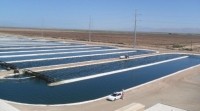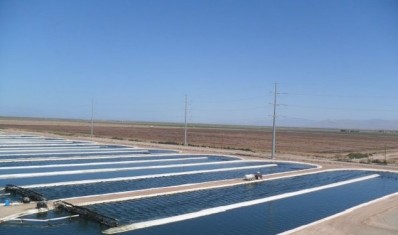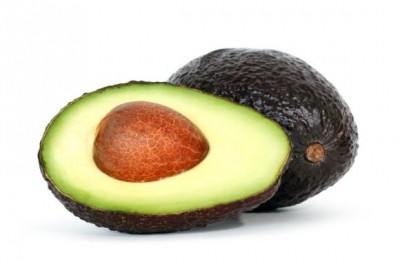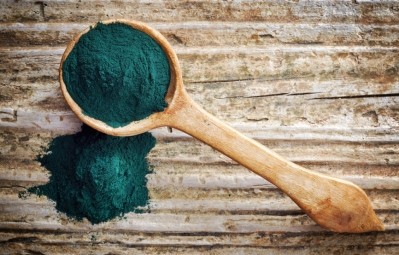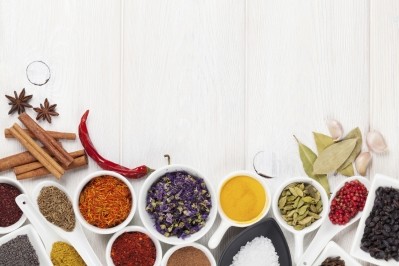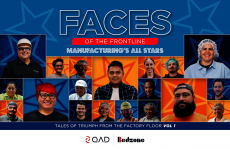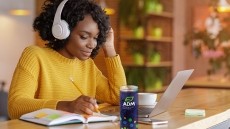Growth spurt for spirulina extracts as more formulators opt for natural blue food colors
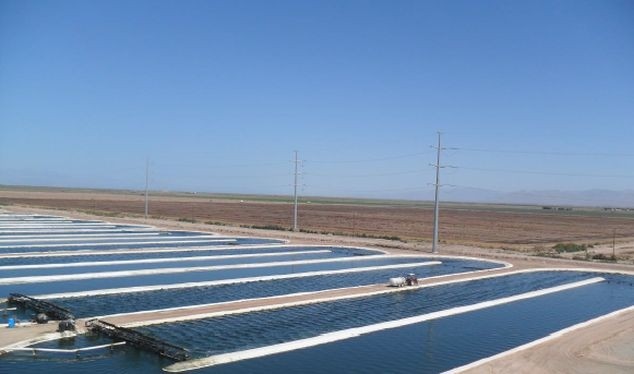
Spirulina extract is growing at a double-digit pace - much faster than many other natural colors - in part because it is still a relatively new addition to the toolbox in the US, a major user of natural colors (the FDA approved it for use in gums & candy in 2013 and for most other food/beverage applications in 2014).
However, clean-label pledges from major brands such as General Mills, Kraft Heinz, Nestle and Kellogg have also created a sense of urgency that has helped to boost sales of the extract, which can be used as a standalone blue color or combined with yellows and reds to create green and purple shades, said Lee Crockett, sales & marketing manager at Earthrise, a subsidiary of DIC Corp that makes the Linablue brand of spirulina-derived color (which it then supplies to color houses).
“For us, the market has really taken off in the past few months," said Crockett. "We sell to the color houses around the world and they tell us that the market is growing rapidly in everything from candy to powdered beverages, icing, yogurt, and ice cream.
“We’re predicting that our market share of the overall natural blue color market [which includes other sources aside from spirulina] will expand to 50% by 2018 [up from 20% in 2015]. But if you just look at spirulina extract alone, where we have a large market share, we said last year that the market was likely to grow 7-10 times its size by 2018, and we’re still standing by that [prediction].
"That means, approximtely a 200% yearly increase so far, i.e. 2015 x 2 x 2 x 2 = 2018 = eight times."
$10m state-of-the-art extraction plant in southern California for spirulina-based food colors
Crockett was speaking to FoodNavigator-USA a year after Tokyo-based DIC - a leading producer of the blue-green algae spirulina – began commercial production of its Linablue spirulina extract from a $10m state-of-the-art plant in southern California.
The extraction facility - which produces natural blue food coloring from phycocyanin, a blue colorant extracted from spirulina using a water extraction process - is next door to the spirulina farm of DIC’s US subsidiary Earthrise Nutritionals, a leading player in the spirulina dietary supplements market.
DIC also makes Linablue in Hainan Island in China, where it operates another spirulina production facility, said Crockett, but having a second extraction facility in California has enabled it to respond more effectively to demand in the US.
“We’ve seen some new competition coming out of Asia on the production side, but I’d say relatively few companies are extracting blue color from spirulina, and we are recognized as the clear market leader. We’re also vertically integrated in that we’ve been growing spirulina for 40 years; we’re pioneers when it comes to extracting blue color.”
- Nestlé has recently removed artificial flavors, colors in chocolate candies.
- General Mills is to remove artificial flavors and colors from 90% of its cereals by the end of 2016.
- Kraft Heinz mac & cheese is now made without artificial flavors, preservatives or synthetic colors in the US and Canada.
- Kellogg will stop using artificial colors and flavors in cereals and snack bars by end of 2018.
- Panera is working to eliminate 150 ‘artificial ingredients and additives.’
- Pizza Hut is cutting artificial colors and flavors.
- Subway is axing artificial colors, flavors, preservatives by 2017.
- Taco Bell removed artificial flavors, colors in 2015, and aims to drop other ‘artificial’ ingredients ‘where possible’ by 2017.
Naturex: Heat, moisture, acidity can impact spirulina
So what is spirulina extract like to work with?
While it is not very stable in some acidic environments such as some ready-to-drink beverages, and heat stability can be an issue in boiled candies, it works particularly well in panned candy, gummy bears, decorative sugar pastes and compound coatings, according to Nathalie Pauleau, business manager at natural ingredients specialist Naturex.
“It’s very close to [synthetic] FD&C blue #1,” said Pauleau, who says US demand has grown significantly in recent months as major food brands have pledged to ditch artificial colors.
“But it can lose the top of the color when exposed to high temperatures for any period of time, although it depends on the application, how rapid the cooldown is and how late you add it in the process. We’re working hard with this pigment so we hope that in the next year, we’ll have solutions that can be used in more applications.”
She added: “The acidity issue is more of a challenge the more water there is in the formulation, so that’s a problem in acidic beverages, but for something like gummy bears, it’s not a problem. However, if you’re adding the water immediately before consumption – for example in a powdered beverage – then there are more opportunities [for spirulina-based colors].”
miChroma technology enables oil-dispersible spirulina-based colors
Naturex – which sells spirulina-based liquids, pastes and powders in the US - also offers oil-dispersible products that disperse easily in lipophilic formulations such as cake icing [a technological breakthrough as spirulina is naturally water soluble, not oil soluble].
"We use a technology called miChroma, which uses a carrier with powdered pigments and effectively decreases the size of the particles. You then have a paste that can be easily dispersed in fat-based coatings and fillings,” said Pauleau.
By combining spirulina extract with other natural pigments, Naturex can offer a wide variety of shades from light blue to blueberry, green apple, deep minty green, intense blackberry and pastel lilac, she added.
Natural green and purple food colors
While there are other fruit- and vegetable-based blue colors available in the US market [eg. Wild's fruit-juice-derived blue is claimed to be heat, acid and light stable], some customers prefer to use spirulina because they believe that its regulatory status is clearer, she said. “It’s also a question of hue. Some of the other blues are better for indigo-blue shades, whereas spirulina is closest to brilliant blue (FD&C 1).”
She added: “You have to look at every application individually. For example, in the US, there aren’t the natural green options [that are approved in other markets], so if you want to make greens, you might want to combine spirulina with curcumin [yellow] for one application, or with carotenoids in another. However, in confectionery, a lot of customers actually want straight blue.”
DIC Corporation grows spirulina - a blue-green filamentous cyanobacteria (algae) that occurs naturally in freshwater and marine habitats - in California and in Hainan Island in China.
In the US, where it employs a closed-loop system where everything is recycled, it uses Colorado river water, which is pumped through canals to large settling ponds, through filters and into the growing ponds. Water, carbon and nutrients are added daily to feed the algae, which is mixed by huge paddlewheels.
After the color is extracted, the remaining material is stored and dried, says sales & marketing manager Lee Crockett. “The byproduct has several potential uses because it’s rich in vitamins and minerals; we’ve sent out samples to people working in feed, fertilizers, and dietary supplements.”
